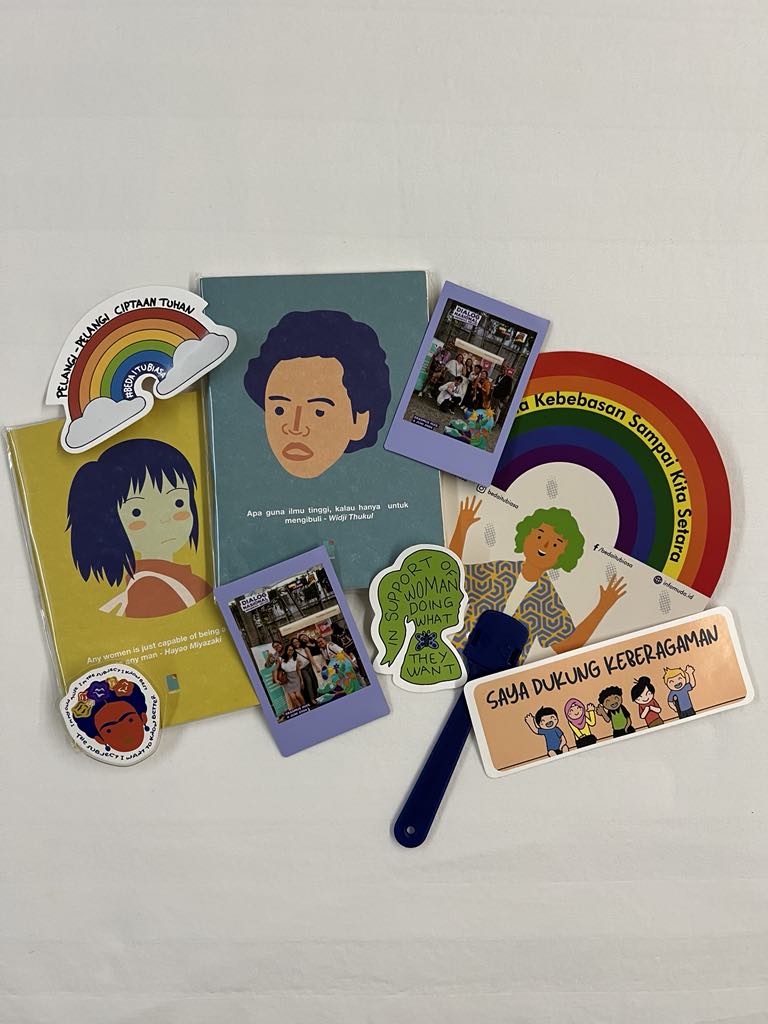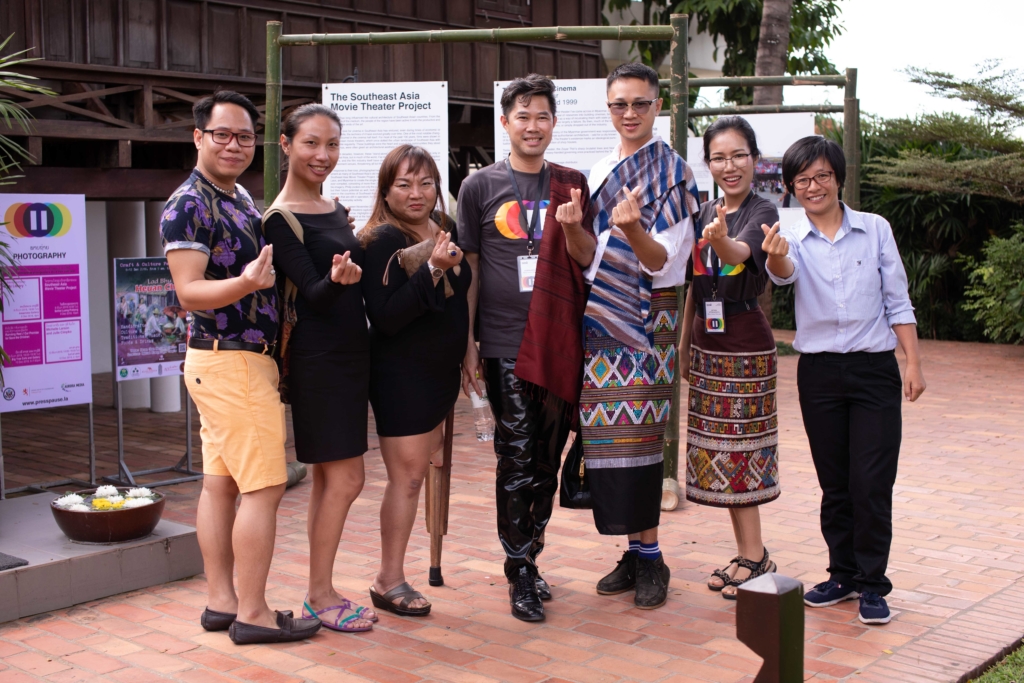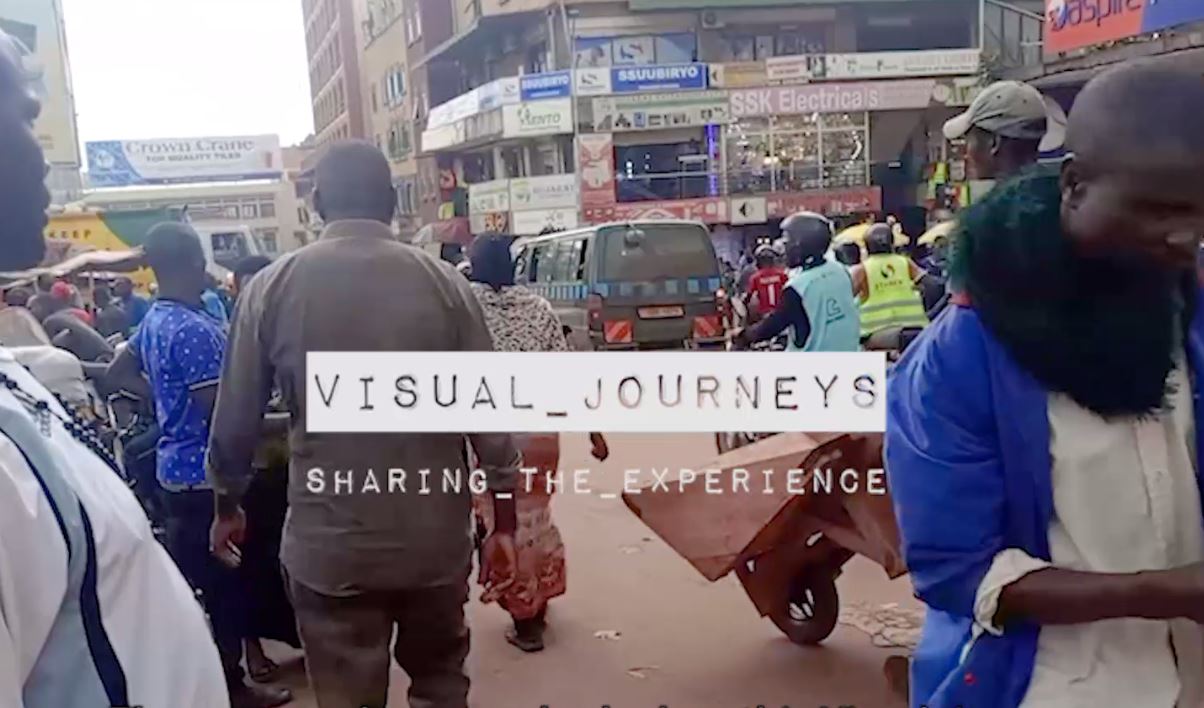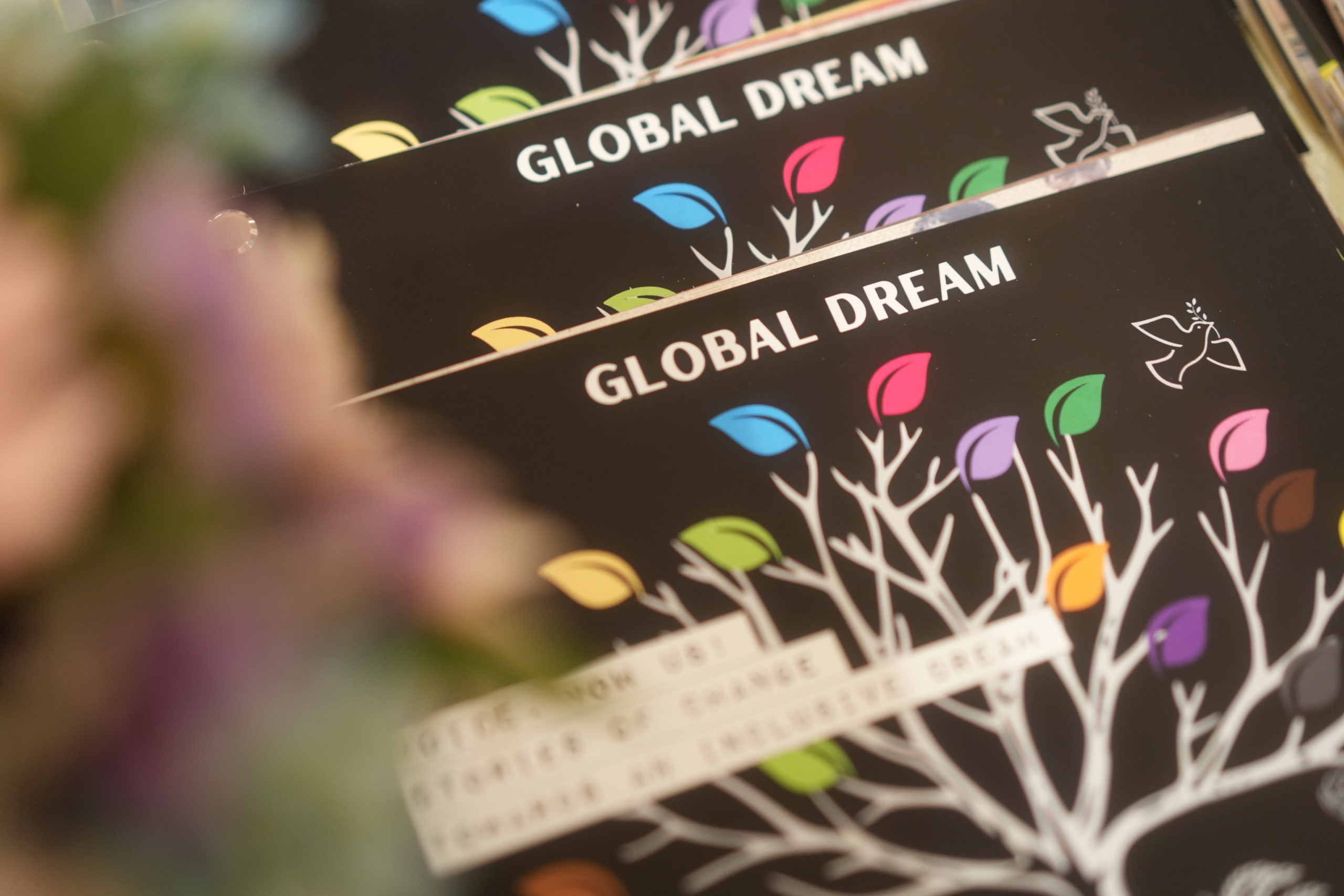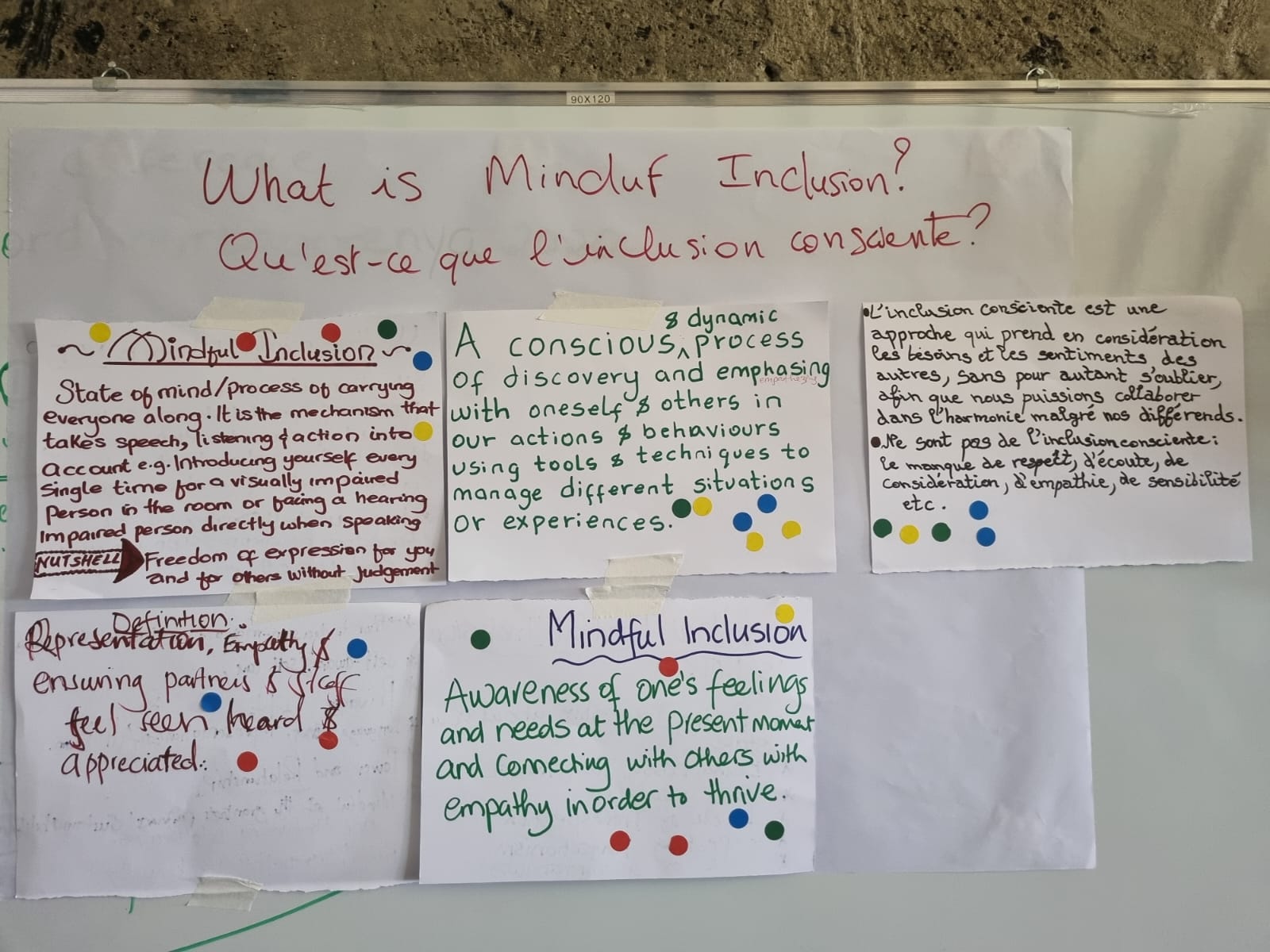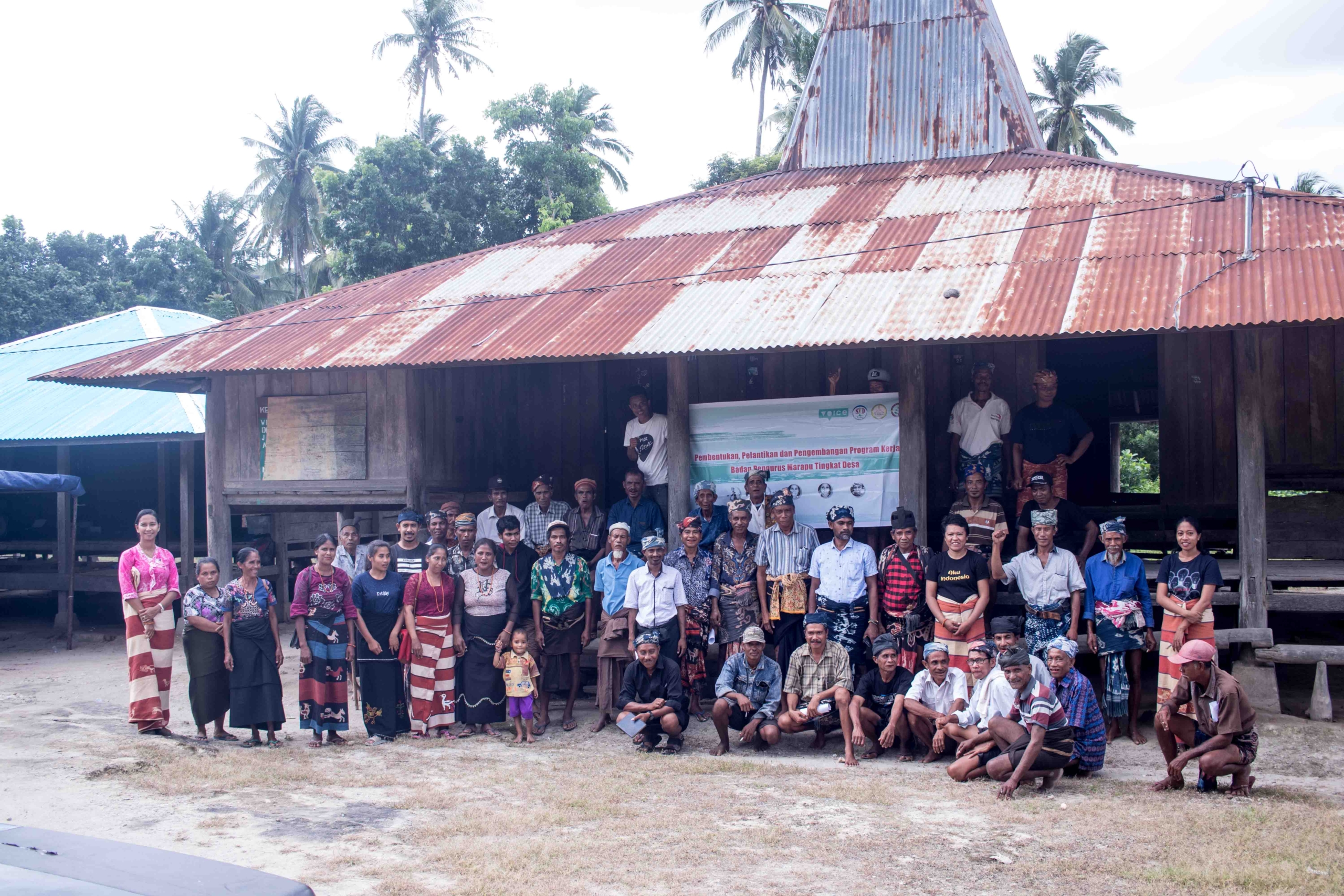Ermawati’s Fight with Hansen’s Disease
How I Got Through the Lowest Point in Life and Became Empowered
By: Ermawati
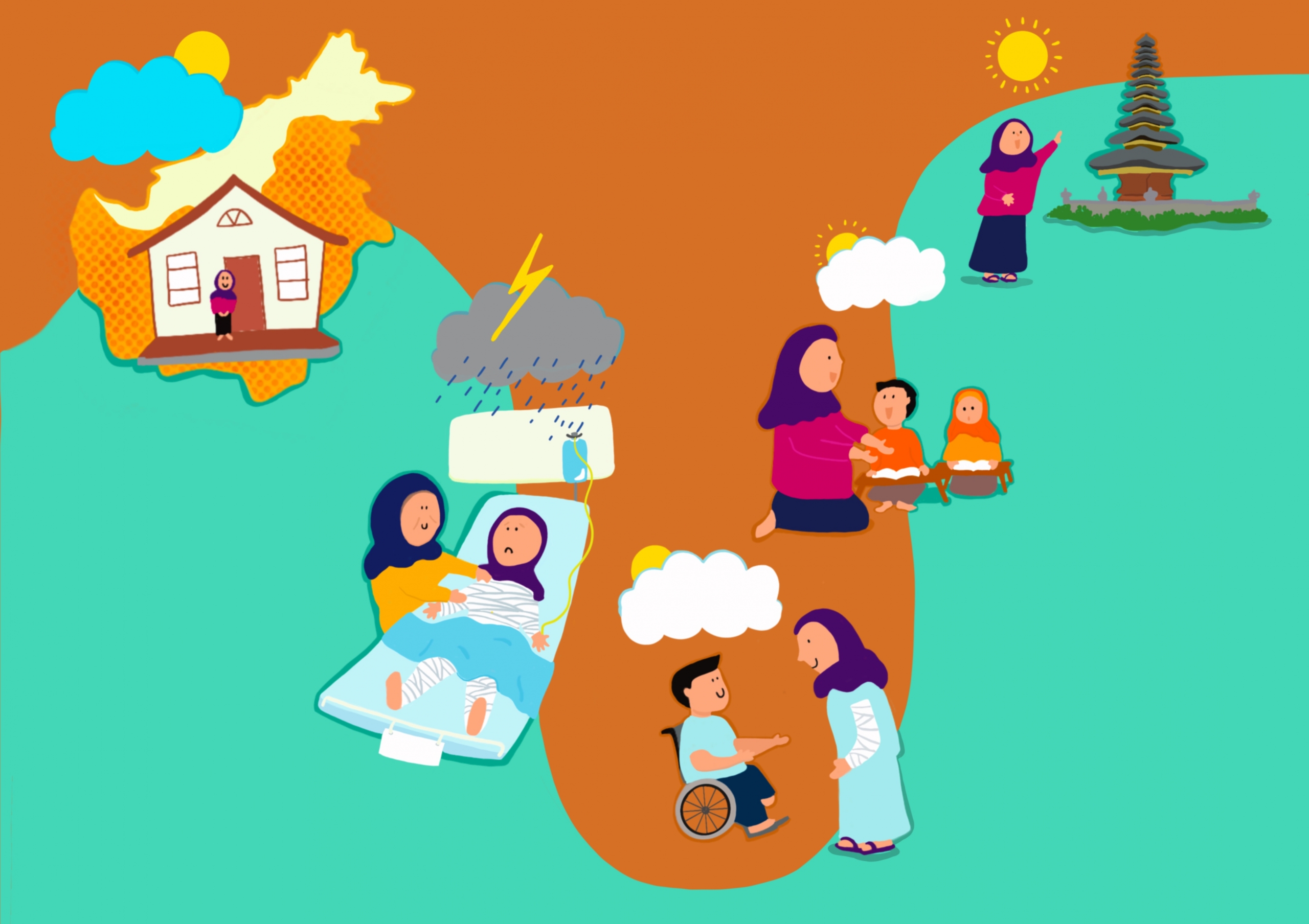
Hello, my name is Ermawati. I’m 31 years old and the youngest of four siblings. I was the only one in my family who suffered from Hansen’s disease. I want to share my story as a person who used to have Hansen’s disease, from the first time to fighting back, meeting amazing people, and becoming empowered.
I was 11 in the first grade of Madrasah Tsanawiyah (Islamic Junior High School) when a wound developed on my left leg, and I thought it was an allergic reaction since there was nothing that seemed unusual about it until the wound got larger and uncomfortable. My friends at school always asked about it whenever I was with them, and I felt ashamed of myself.
My sister suggested that I should stop eating instant noodles and eggs before she and my mother discussed my condition with my aunt and then decided that I should visit a doctor. The clinic was pretty far from my home and there was a long queue and the examination room wasn’t entirely enclosed so the hustle and bustle of the clinic could be sensed. When it was finally my turn to be examined, and it was one of the most humiliating moments in my life. After examining my condition, the doctor loudly and bluntly said that I had kandala (Makassarese for Hansen’s disease), as the people waiting outside for their examinations heard.
I was shocked and perplexed by what the doctor had just said. In Makassarese culture, kandala is considered a very offensive thing to say. I was devastated and wanted to scream. I stood up and stormed out of the clinic. It was like being struck by lightning in broad daylight. Failing to comprehend what had just happened, I cried uncontrollably.
Even though my family never stopped supporting me, I still think that the doctor should have been more tactful and able to explain clearly about Hansen’s disease—what it is, what causes it, how it is transmitted, etc.
The wound on my leg dried out after 3 months of prescribed medications, and even though the doctor suggested that I should be on medication for a year, I believed it was completely healed and there was no need for further medication. I decided to stop taking the medications and threw the rest away, although my sister and my aunt got them for me regularly. “If you stop taking your meds, you may regret it one day should something happens to you,” they said. After I graduated from school and started working, it really did happen.
Two years after I graduated from Madrasah Tsanawiyah, I started working in Kalimantan as a housekeeper. After one year, however, something went wrong with my skin. Again, I thought that it was an allergic reaction due to contact with water from the fish, shrimp, and crab ponds at my workplace. It was like a heat rash, but it didn’t get better even after I took allergy medication. This went on for six months.
My employer treated me with kindness and provided financial support for my condition. We even went to a Shaman in an attempt to cure my illness. I couldn’t help but feel extremely ashamed of myself.
Eventually, I decided to go back home because I didn’t want to worry my employer even further with my condition, which now had worsened with whole-body redness. My employer unwillingly agreed to this and brought me to my home. They told my family about my condition. “We are very, very sorry. Erma came to us in a healthy condition, but she comes back home with an illness. We tried our best to help her get better, but it didn’t work. Erma herself then asked us to come home,” they said to my family. We were in despair.
After a few months, my condition got worse. There were wounds on my entire body. I visited a doctor that was different from the one I once visit and they only gave me allergy medication. I sought cure everywhere, even visited other Shamans. It only got worse and the wounds began oozing blood and pus. It had gotten so bad that I couldn’t even stand and walk. I had to crawl whenever I needed to go to the toilet. My family, who could only cry in despair for me, sometimes bought me my favorite food whenever they had money. I felt like giving up was the only choice I had, and I could only think of when death finally came.
Nevertheless, I had a loving family who took care of me so whole-heartedly and patiently, especially my mother and my sister. I knew it was very difficult for them, considering my tendency to be easily upset most of the time at that moment.
***
After approximately six months, my aunt contacted a dermatologist to examine my condition. They gave me a referral to Tajuddin Chalik Hospital, which provided special care for patients with Hansen’s disease. During my inpatient stay, my doctor directly monitored my medication. I could only wear a sarong due to the wounds on my entire body, which was also bandaged. I felt like a mummy. Whenever it was time for bandage change, it was so painful that it made me cry loudly. My mother and my sister willingly resigned from their jobs to take care of me in the hospital. After a month, my condition got better.
It was during this time that I got to know a lot of people who had suffered from Hansen’s disease. Some of them were amputees due to untimely medication care. I learned a lot from them, including how to take care of myself. I was discharged after my condition got better in three months.
After I got home, I couldn’t help but feel deeply ashamed of myself as a person with Hansen’s disease. My friends and my neighbors, however, didn’t avoid me at all. From then on, I tried to be productive during my treatment by teaching how to read the Quran. I only had one student at the beginning, and then three-five students, and then 40 students in a span of one month!
Fast-forward to almost three years later, I met a Hansen’s disease and tuberculosis survivor who was genuinely happy that I could heal completely and there were no longer wounds on my skin. When visiting a Community Health Center, I had the opportunity to talk with some healthcare workers taking care of people with Hansen’s disease and was invited to join PerMaTa (Perkumpulan Mandiri Kusta or Independent Association of Hansen’s disease). After meeting with PerMaTa members for several times, I was appointed as their treasurer. With zero experience of being a treasurer, I had no confidence at all. But they managed to convince me that experience is the best teacher and believed in my ability.
At first, I was only involved in activities that revolved around children and could be handled from home; until PerMaTa launched an educational programme for the first time at approximately twenty schools in Gowa District. I had the opportunity to participate in this programme and was assigned to take notes of the process. I was proud that I could take part in an effort to reduce stigma and discrimination against people who had suffered from Hansen’s disease.
It wasn’t the end of my journey. Later, I was involved in SIPAKATAU (Suara Pemuda Kusta yang Aktif dan Terampil or Voice of Active and Skilled Young People with Hansen’s Disease) programme supported by Voice. I took part as a member of field and administrative staff.
It simply never crossed my mind that Hansen’s disease would allow me to meet Mrs. Kerstin Beise, a German who became our consultant during SIPAKATAU proposal development. At SIPAKATAU, our mission was to empower young people who had suffered from Hansen’s disease to be independent individuals possessing high self-acceptance. We accomplished this by giving them a task of teaching illiterate and disabled women. At first, I was appointed as one of the administrative staff, but later chosen as the treasurer. I also had the opportunity to visit Bali—never once did I think I would be able to visit this beautiful island!—to participate in a Linking and Learning activity, all thanks to this programme. It was an unforgettable experience.
The programme took place at Bajeng, Pallangga, and Kanjilo Community Health Centers in Gowa District. We visited these three health centers to collect data on people who had suffered from Hansen’s disease and then paid them home visits for further data collection. By doing this, we hoped to invite them to participate in SIPAKATAU programme. Because these visits and the data collection covered a pretty wide area, the field teams were divided into smaller ones. I was assigned to Bajeng Community Health Center located in Bone Village.
From the moment we began the data collection, we found out that the data given by the Community Health Center and the field data didn’t match. The whole process was pretty comical, but at the same time irked and saddened me. The home visits revealed that the number of recorded Hansen’s disease cases were lower than the facts in the field and patient data were inaccurate. One of the people we visited, for example, was in a cold sweat by the time we greeted them at their home. They were scared of their neighbors knowing that they had received treatment for Hansen’s disease. We also found out that some of the addresses registered by these people were fake, so we had to ask the locals until we found their real homes.
Out of 14 people we visited several times and collected data from, only two decided to take part in SIPAKATAU. The rest were either scared of others knowing that they had suffered from Hansen’s disease or being busy with school and/or work. It was kind of unexpected since besides the visits, we also went out of our way to invite them via phone calls. As we failed to meet the targeted number of participants, SIPAKATAU teams then visited Bontompo Community Health Center. There, only 3 out of 13 people recorded as current patients with Hansen’s disease decided to participate in the programme.
Nevertheless, we finally managed to have our first meeting at Pallanga Community Health Center. It was an iftar event during which we got to know young people who had suffered from Hansen’s disease from the three regions. It was incredibly fun. Our activity didn’t end there as we also did an outbound activity in Malino, during which I became a judge who evaluated how solid the participants were as a team.
The formed teams of young people with Hansen’s disease were then assigned to three regions, i.e. Bone, Bontoala, and Tamanyeleng. There, they collected data on illiterate and disabled women whom I had the opportunity to teach. This was a breath of fresh air for me and extremely fun. I also had to submit weekly activity reports, which was a fun thing to do as I was able to share different stories and results.
After wrapping up the study group project, the participants of SIPAKATAU programme had the opportunity to meet again in a training camp, during which we learned about report writing and photovoice. After that, we successfully staged a photovoice exhibition where we also invited the Gowa District Head’s rep, related government agencies, related organizations, all reps of Community Health Centers in Gowa, reps of Posyandu (Integrated Health Post), and the local community. At the end of our journey as SIPAKATAU members, we created an alumni book and wrote a final report.
Besides all of the activities above, there were a lot of capacity-building activities for us to boost our confidence, hone our communication skills, and provide young people with Hansen’s disease access to jobs. Another focus of our works was advocating government active support and provision of better treatment for patients with Hansen’s disease. Additionally, we also carried out educational, community-based programmes to raise awareness about Hansen’s disease.
Looking back on it, I remember I had no experience at all when asked to handle administrative duties in SIPAKATAU programme. I didn’t know how to scan, print, and photocopy documents or even how to use an Automated Teller Machine ATM. Thanks to the programme, I was able to have a wealth of experience such as having my own debit card, meeting with a German, visiting Bali, teaching, and going to the Philippines. I’m grateful to my past self who wasn’t afraid to try and learn new things and flourish. Now, I feel empowered.
I never thought that I could get through the lowest point in my life and successfully fight back against Hansen’s disease. Thank you so, so much, PerMaTa and SIPAKATAU.

